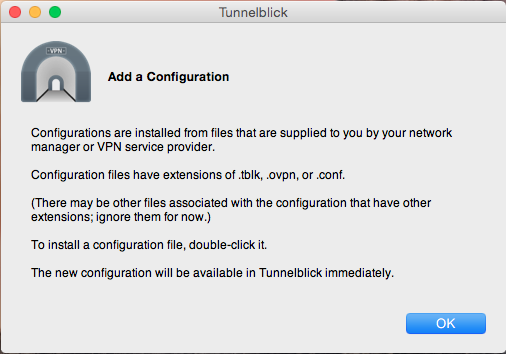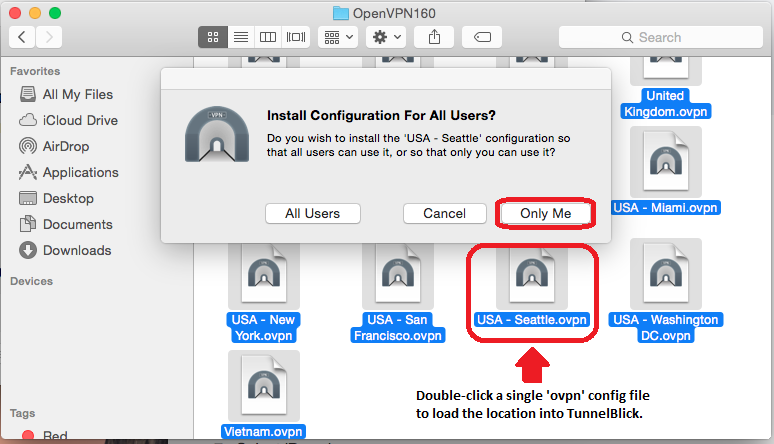
NordVPN shows how far VPN technology has advanced since 1999. If you’re looking to keep secure and stay ahead of the online security curve, using an outdated security protocol in the form of PPTP isn’t the way to go about it. However, when it comes to standard everyday protection, PPTP shouldn’t be your first choice. If security is not a priority, PPTP is a viable encryption tool. It’s faster than most other protocols, albeit at the high price of potentially compromised protection.

With this plethora of age-related issues, who would still want to use a PPTP VPN? Speed is the main benefit of PPTP, so someone looking for a quick connection might consider using PPTP servers. If you want to cover all your security bases, use a regular VPN but disable the PPTP passthrough. It might be a good idea to disable the PPTP passthrough on your router, or else you’ll be leaving an open door for a cybercriminal to stroll in. So, if you’re looking to access blocked content at school or work, PPTP isn’t the right one to use. Once again showing its age, firewalls easily block PPTP’s outdated tech. MS-CHAP-v1/v2 uses TCP Port 1723, essentially making this PPTP port undesirable for anyone who prioritizes their security. Security experts have repeatedly been able to break through the MS-CHAP-v1/v2 authentication protocol, making it clear that hackers will also be able to pierce through. Since its inception, this protocol has been fundamentally insecure. And here’s the first con - PPTP security isn’t strong. Unfortunately, this is where the pros end. To anyone who is even slightly tech-literate, PPTP is easy and quick to set up. PPTP is over 20 years old, meaning even the slowest modern computer will have no performance issues.ĭue to PPTP being the industry standard for a bare-minimum encryption protocol, most modern systems will support it. The simplicity and age of PPTP make it a good choice for anyone who prioritizes speed and efficiency.

What are the advantages and disadvantages of PPTP?

It’s a simple process that has been expanded upon and improved by every VPN protocol created since. The control messages are made for managing the start and end of the encrypted connection.

PPTP can handle two types of data flow: data packets and control messages. It’s then decrypted and made accessible to the receiving party. Once the PPTP connection is established, all data packets passed through are wrapped in an IP envelope and then sent on to another router or machine, which will treat the data like an IP packet. As with all tunneling protocols, PPTP specifically builds a tunnel between two points. Let’s first dissect PPTP and find out how it works.


 0 kommentar(er)
0 kommentar(er)
